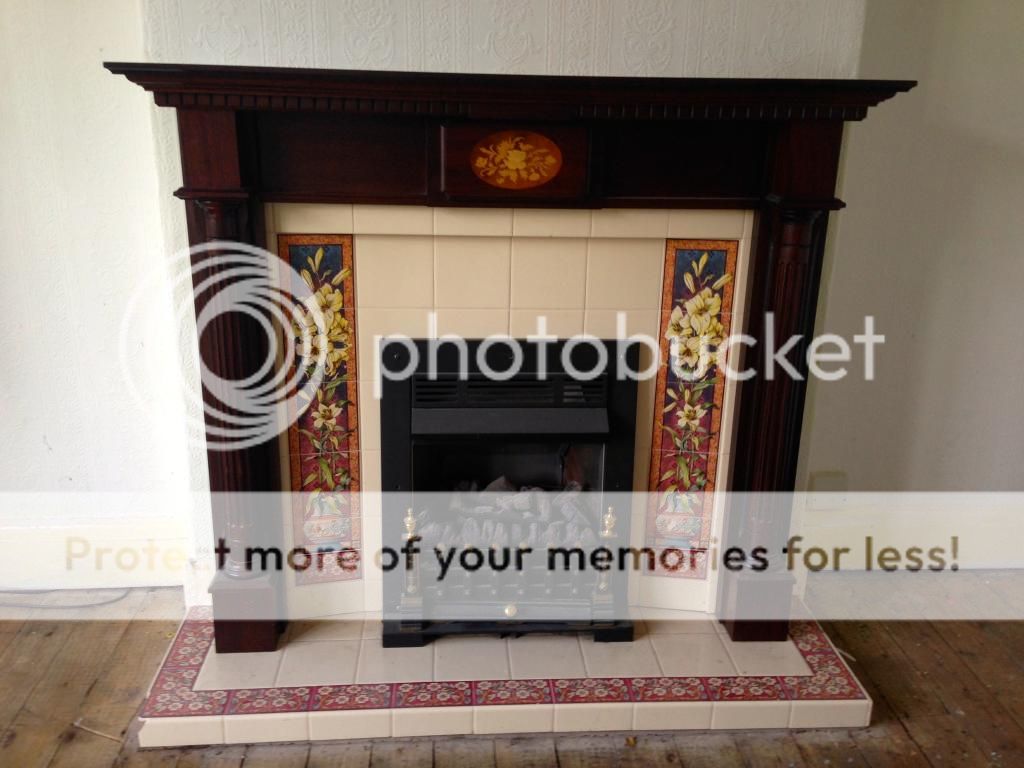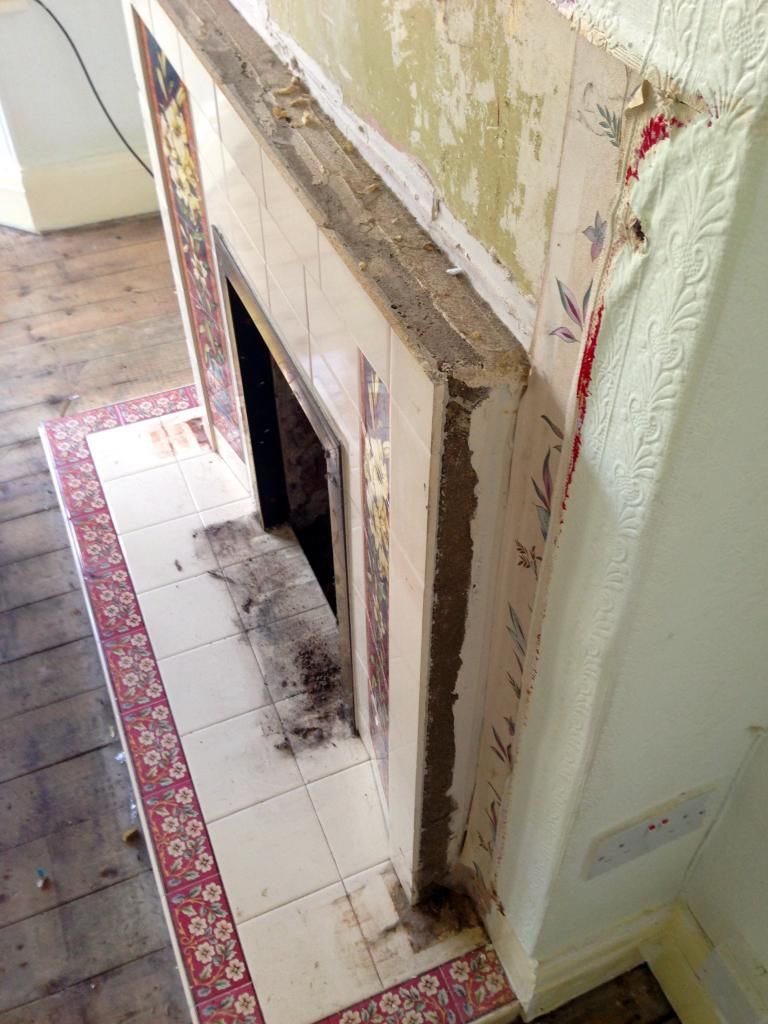Im wanting to remove my fireplace, ready for a new one to be fitted. But when taking the surround away Ive discovered the tiles on the chimney breast are actually fitted to a concrete block on the chimney wall.
Should I remove this concrete block, and will it break away easily or bring half the chimney breast down with it?


Should I remove this concrete block, and will it break away easily or bring half the chimney breast down with it?



